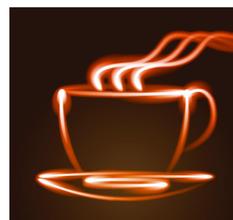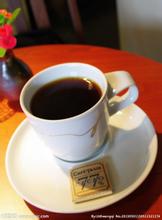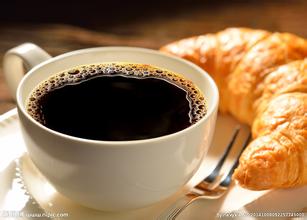Introduction to the species of Hawaiian coffee beans with thin viscosity Kona coffee
Hawaii's most famous coffee bean and coffee producing area is Kona kona, which is located in the southwest of the Big Island, 20 miles long and 2 miles wide, covering the slopes of Hualalai and Mauna Loa. Only coffee beans grown in this area and subject to the most stringent certification standards can be sold under the trademark Kona. Today, about 100 farms have produced coffee beans that meet these standards, and more and more farms are expected to follow suit in the future. The Hawaiian Islands have long been recognized as a paradise on earth, and after nearly two centuries of efforts to grow coffee, the term Kona kona is almost synonymous with quality.
Now other Hawaiian islands are trying to catch up with Kona kona's high quality standards. Now Hawaii is really like Mark to many beach activities and coffee lovers. Twain's image is generally the most enjoyable place on earth, although all the islands in Hawaii have coffee trees grown for commercial purposes, but at present, the number of coffee farms on the big island is the largest, with about 650. but these coffee farms are relatively small, adding up to less than 2000 acres of planted woodland. There are only 25 coffee farms operating on the islands of Maui, Molokai, Oahu and Kauai, but they are much larger and produce more than three times as much as the Big Island. Surprisingly, Kauai Island has the largest coffee-growing area of any island, with more than 4000 acres, but all are managed by the same operator, while Molokai Island has only 550 acres of coffee-growing land, with even fewer Maui and Oahu. Most Hawaiian coffee farmers still pick fresh coffee cherries to sell today, but in recent years more and more people are committed to adding value to their coffee bean products. as a result, most of them go to their own post-processing, drying, grinding and baking their own coffee beans Hawaii spans latitudes 19 to 22 degrees, south of the Tropic of Cancer, the Hawaiian Islands, blown by trade winds, is a natural perfect coffee growing area. The 50th state of the United States, 2400 miles from the west coast of the United States, is the only state in the United States that produces coffee. Kona kona from Hawaii is also internationally renowned as one of the best coffee in the world. The volcanic soil and tropical climate, coupled with slight humidity and regular afternoon showers, create an ideal planting environment that can only appear in idyllic poetry, and add some meticulous but unique flavor characteristics to the coffee beans here.
Generally speaking, the viscosity of Hawaiian coffee is thinner and its aroma is medium-strong, which is in harmony with its brighter acidity.

Important Notice :
前街咖啡 FrontStreet Coffee has moved to new addredd:
FrontStreet Coffee Address: 315,Donghua East Road,GuangZhou
Tel:020 38364473
- Prev

Introduction to the main economies of the coffee-producing countries of Venezuela
Venezuela's main economic source industry is relatively developed, focusing on the development of iron and steel, petrochemical, aluminum smelting and other industries since the 1970s. Agricultural arable land accounts for only 7.1% of the arable land area, mainly producing corn, rice, coffee, cocoa, sugar cane, cotton and so on. Animal husbandry is mainly cattle raising, and agricultural and animal husbandry products are not self-sufficient. Crude oil and its products account for more than 90% of the total export value, followed by iron
- Next

Introduction of pollution-free Cuban Crystal Coffee at High altitude
Cigars, coffee and sugar cane, as the three major industries of the Republic of Cuba, enjoy a high reputation in the world. Cuban cigars have a very high reputation in the world and are known as the first cigars in the world. Cuban coffee also has a high reputation in the coffee industry. Cuban Crystal Mountain coffee ranks among the top several in the world. Crystal Mountain is adjacent to the Blue Mountain Mountains of Jamaica, and the climatic conditions are similar.
Related
- Does Rose Summer choose Blue, Green or Red? Detailed explanation of Rose Summer Coffee plots and Classification in Panamanian Jade Manor
- What is the difference between the origin, producing area, processing plant, cooperative and manor of coffee beans?
- How fine does the espresso powder fit? how to grind the espresso?
- Sca coffee roasting degree color card coffee roasting degree 8 roasting color values what do you mean?
- The practice of lattes: how to make lattes at home
- Introduction to Indonesian Fine Coffee beans-- Java Coffee producing area of Indonesian Arabica Coffee
- How much will the flavor of light and medium roasted rose summer be expressed? What baking level is rose summer suitable for?
- Introduction to the characteristics of washing, sun-drying or wet-planing coffee commonly used in Mantenin, Indonesia
- Price characteristics of Arabica Coffee Bean Starbucks introduction to Manning Coffee Bean Taste producing area Variety Manor
- What is the authentic Yega flavor? What are the flavor characteristics of the really excellent Yejasuffi coffee beans?

